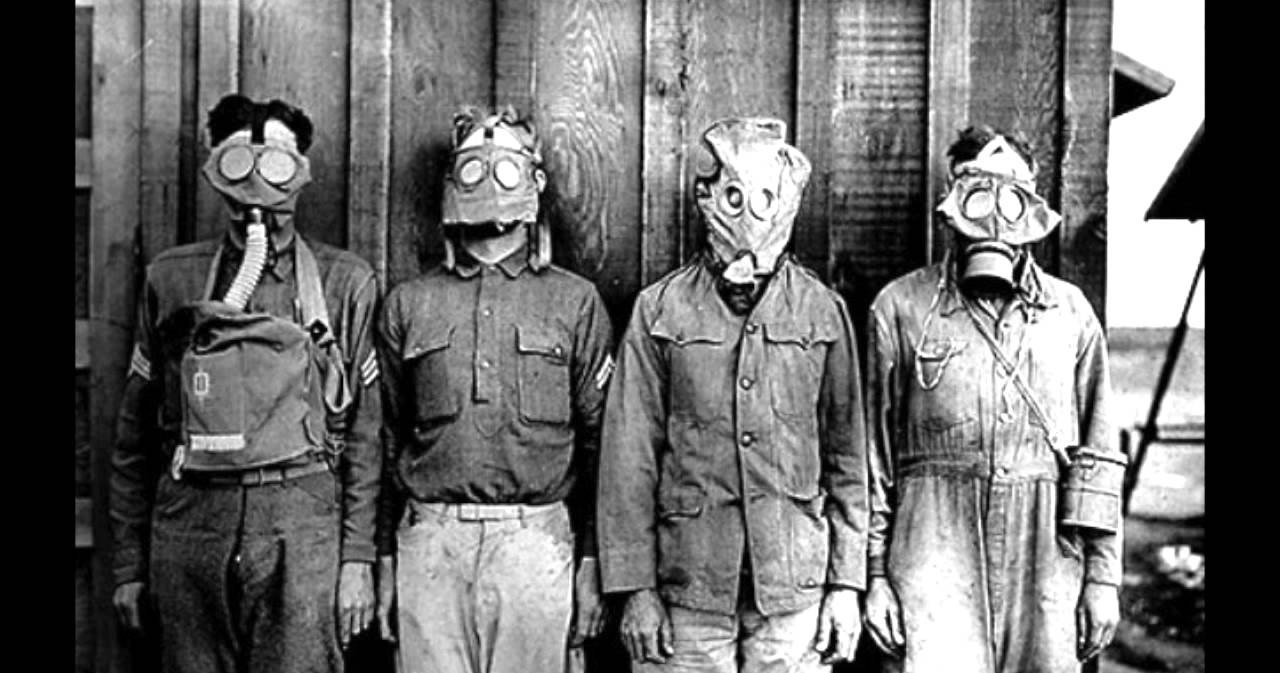2. Blood Flow in Newborns

In the 1960s, the Department of Pediatrics of the University of California conducted a study on blood flow and blood pressure changes in infants aged one hour to three days. Despite the noble objectives of the endeavor, the methods used by the scientists on the 113 newborn babies were disturbingly crude. First, a catheter was inserted into each child’s umbilical artery until the instrument reached the aorta. Then, the infants’ feet were immersed in ice-cold water to quickly lower the children’s temperatures, after which the aortic pressure created by the immersion was measured. Furthermore, 50 of the subjects were strapped unto a circumcision board, which was afterwards tilted, so that blood rushed into the infants’ heads. The resulting blood flow and blood pressure changes were then measured.



































Discussion about this post